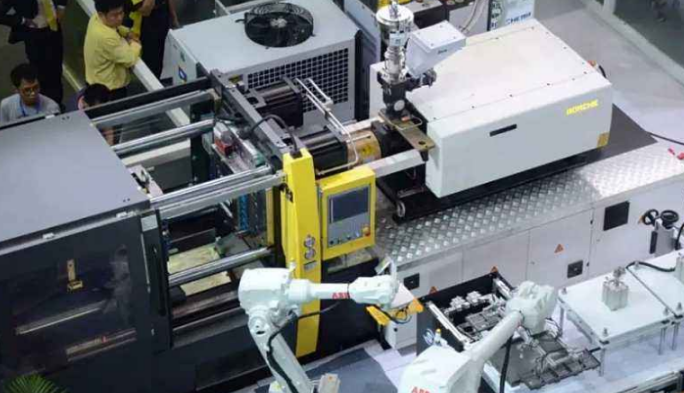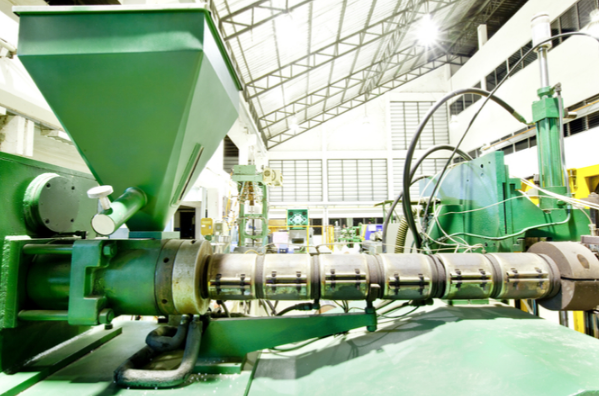The cycle time for injection molding usually ranges from 15 seconds to several minutes, depending on part complexity and size.
Defining Cycle Time in Injection Molding
Explanation of Cycle Time Components
Cycle time in injection molding is the total time required to complete one cycle of the molding process. This includes:

Clamping Time: Time taken to close and clamp the mold. Typically, this is between 2 to 5 seconds, depending on the machine’s size and complexity.
Injection Time: The duration for which the material is injected into the mold. This varies based on the part’s size and thickness, usually ranging from 1 to 5 seconds.
Cooling Time: Time for the material inside the mold to cool and solidify. This is a critical phase, often accounting for most of the cycle time, typically 20 to 60 seconds.
Ejection Time: The time to open the mold and eject the finished part, generally around 1 to 5 seconds.
The sum of these times gives the total cycle time, which is crucial for determining the efficiency and output rate of the molding process.
Factors Influencing Cycle Time
Several factors can affect the cycle time in injection molding:
Material Used: Different materials have varying cooling rates. For instance, thermoplastics like polystyrene cool faster than more robust materials like polycarbonate.
Mold Design: Complex molds with intricate details or larger sizes can increase the cycle time.
Machine Capabilities: Higher clamping force and injection speed can reduce cycle time but may require more power, impacting energy costs.
Part Design: Thicker parts take longer to cool, directly influencing the cooling time and overall cycle time.
Environmental Conditions: Ambient temperature and humidity can affect cooling rates and cycle time.
Optimizing these factors can lead to a more efficient injection molding process, reducing cycle time while maintaining product quality.
For a deeper understanding of injection molding processes, refer to the Injection Molding Wikipedia page.
Stages of the Injection Molding Cycle
| Phase | Description | Key Factors |
|---|---|---|
| Clamping | This phase involves closing and clamping the mold. Machines typically exert a force ranging from 5 to 4000 tons, depending on their capacity. | Shorter clamping times enhance overall cycle efficiency, yet require meticulous control. |
| Injection | Here, the machine injects molten plastic into the mold. The duration, often a few seconds, depends on the shot volume and injection pressure. | Optimal injection speed is essential for achieving both quality and efficiency. |
| Cooling | After injection, the material cools and solidifies inside the mold. This phase can last from seconds to minutes, varying with material and part thickness. | Cooling time significantly affects cycle length, impacting cost and efficiency. |
| Ejection | Finally, the machine ejects the cooled part from the mold. Although this process is usually quick, setting up an effective ejection mechanism is crucial to prevent damage to the part. | Efficient ejection systems not only reduce cycle time but also minimize the risk of damaging parts. |
In summary, each stage in the injection molding cycle plays a vital role in the overall efficiency and quality of the final product. Careful optimization of these phases leads to improvements in both productivity and cost-effectiveness.
For a deeper exploration of the injection molding process, consider visiting the Injection Molding Wikipedia page for comprehensive information.
Optimizing Cycle Time for Efficiency
Techniques for Reducing Cycle Time
Reducing the cycle time in injection molding significantly enhances productivity and efficiency. Key techniques include:
Optimizing Mold Temperature: Using advanced temperature control systems can decrease cooling time, a major component of cycle time. For instance, a 10°C reduction in cooling temperature can cut cooling time by up to 15%.
Improving Injection Speed: Modern machines with faster injection speeds can reduce the injection phase duration. However, it’s vital to balance speed with material properties to avoid defects.
Using Efficient Cooling Systems: Implementing optimized cooling channel designs can speed up the cooling phase without compromising part quality.
Minimizing Mold Open Time: Streamlining the ejection and mold open phases can shave valuable seconds off the cycle time. Quick mold changes and automated ejection systems are effective here.
Impact of Machine and Mold Design on Cycle Time
The design of the machine and mold plays a crucial role in cycle time:
Machine Power and Efficiency: Machines with higher clamping forces and injection pressures can handle faster cycles but might consume more power, impacting operational costs.
Mold Material and Design: High-conductivity materials for molds can improve cooling efficiency. Also, a mold design with balanced runner systems ensures quick and even filling of the mold.
Multi-cavity Molds: Molds with multiple cavities can produce more parts per cycle, effectively reducing the cycle time per part. However, they require precise design to ensure uniform filling and cooling.
Adopting these strategies requires a careful analysis of the trade-offs between cycle time reduction, cost, and part quality to achieve overall efficiency in injection molding processes.
For additional insights and detailed strategies on cycle time optimization, the Injection Molding Wikipedia page offers valuable information.
Cycle Time and Product Quality
Relationship between Cycle Time and Product Quality
The interplay between cycle time and product quality in injection molding is crucial and complex. Here are some key aspects with specific data:

Cooling Time’s Impact on Quality: Optimal cooling times vary but generally account for about 50-60% of the total cycle time. For instance, a part that requires a 60-second total cycle time might need 30-36 seconds of cooling. Insufficient cooling can lead to issues like warping, while over-cooling may waste time without adding quality.
Injection Speed and Defects: Ideal injection speeds depend on the material and part design. For example, a speed of 50-100 mm/s is common for many applications. Exceeding this range might cause defects such as short shots or flash.
Clamping Force and Part Uniformity: Clamping force is typically around two to three times the cavity pressure. A mold requiring 3000 psi cavity pressure would need a clamping force of 6000-9000 psi to avoid quality issues like mold flash.
Balancing Speed and Quality in Injection Molding
Achieving a balance between cycle time and product quality involves:
Optimizing Process Parameters: Adjustments might include a temperature range of 200-300°C for the melting process, pressure settings of 500-1500 bar, and specific cooling times based on material and part thickness.
Material Considerations: Different plastics have varying optimal cycle times. For example, Polypropylene might have a cycle time of 30-40 seconds for a standard part, while more robust materials like Polycarbonate could require longer.
Machine and Mold Design: Advanced machines with precision control can reduce cycle times by 10-20% while maintaining quality. Mold designs that promote efficient cooling and material flow can also reduce cycle time without sacrificing part quality.
To delve deeper into the specifics, the Injection Molding Wikipedia page offers extensive information.




